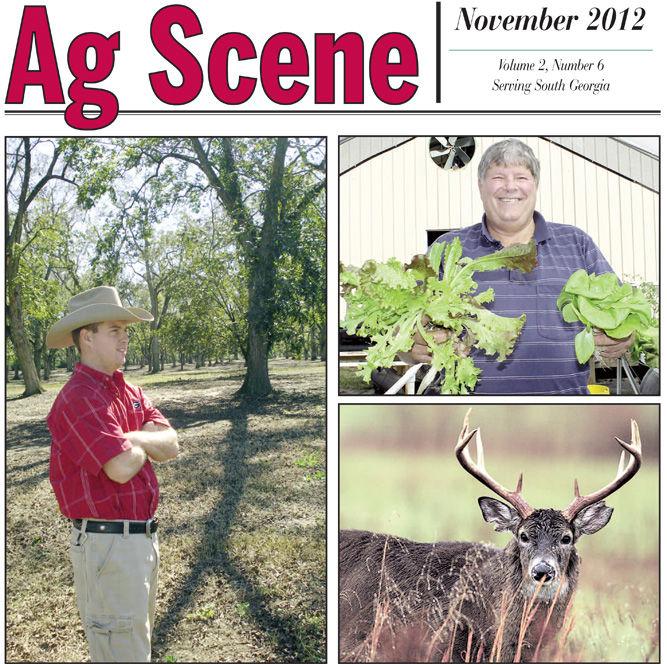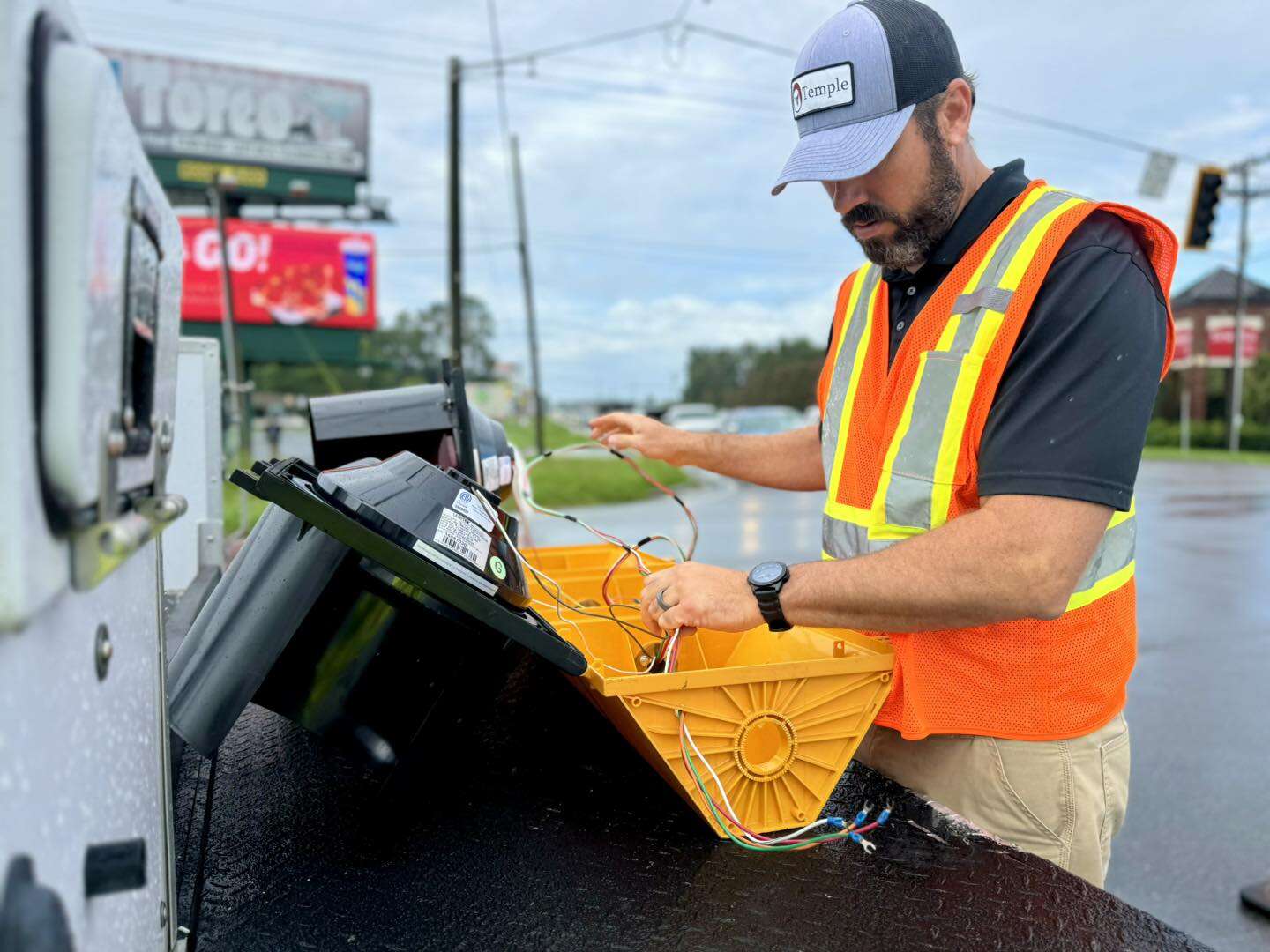South Georgia agriculture alive and well
Published 10:00 am Wednesday, November 14, 2012

- The Times' sister publication Ag Scene exemplifies the continued importance of agriculture in South Georgia.
Agriculture and forestry remain among the strongest economic engines in South Georgia, including Lowndes County.
A look at the recent farmgate value for 2011 for Lowndes County shows a $70 million effect on the local economy, making it one of the strongest private-sector industries in the county following South Georgia Medical Center.
The popularity of The Times’ bi-monthly sister publication Ag Scene led this newspaper to look at the ag/forestry industry to see if it has diminished in economic importance over the years.
Lowndes County Extension Agent Jake Price said that there are still more than 500 farms in the county, one of the highest counts in the area because the farms tend to be smaller than surrounding counties.
“A lot of people in Lowndes County have smaller farms and they grow on the side. It’s not their primary income but it’s a good supporting income, usually from 50 to 100 acres,” Price said.
“There are certainly still a number of large farms in Lowndes as well, and the popularity of agriculture-based events has actually grown over the years.”
Price points to the tremendous success of the Lowndes County Market Hog Show held at the Civic Center last week as proof.
“We had hundreds of people here and the sales of the pigs went over $100,000. When I first got here in 1996, we would have maybe 85 to 90 participate, and that’s increased to 127 this year. The number of kids in FFA and 4-H is also staying steady or increasing.”
A look at the tax base of the counties in the South Georgia region show that agriculture and forestry comprise the overwhelming majority of taxable acreage, including in Lowndes.
Looking at historic data and comparing 1991, 2001 and 2011, records from the Georgia Department of Revenue show that while Lowndes ag/forest acreage is down from 1991, when it was 90 percent of the total, it is still 73 percent of the taxable acreage in the county.
“Agriculture is still big business in Lowndes. I’m also a farmer. I’ve been in farming since the early 1980s, and our farm alone will do close to $10 million in sales this year,” said Lowndes County Commission Chairman Ashley Paulk.
“Agriculture contributes to the economy quite a bit, and it’s a very big part of Lowndes County.”
The numbers increase even more when surrounding counties are included, showing that in the Valdosta Metropolitan Statistical Area, which includes Brooks, Echols, Lanier and Lowndes, 85 percent of all acreage from these counties is in agriculture and forestry.
In looking at the region, Colquitt’s ag/forestry acreage is unchanged in 20 years, and has remained 84 percent since 1991. The same is true for Tift County, at 80 percent over 20 years; Lanier at 87 percent; Cook at 83 percent; Echols at 90 percent; and Thomas at 81 percent.
Agriculture and forestry acreage in two counties in the region increased over 20 years, with Brooks increasing from 84 to 89 percent from 1991 to 2011, and Berrien from 83 to 89 percent.
Only Lowndes decreased from 90 to 73 percent, with the total acreage at 227,753 in 2011 of the county’s 310,451 taxable acres (non-taxable acres are not included in the tax digest, and include government and religious properties).





